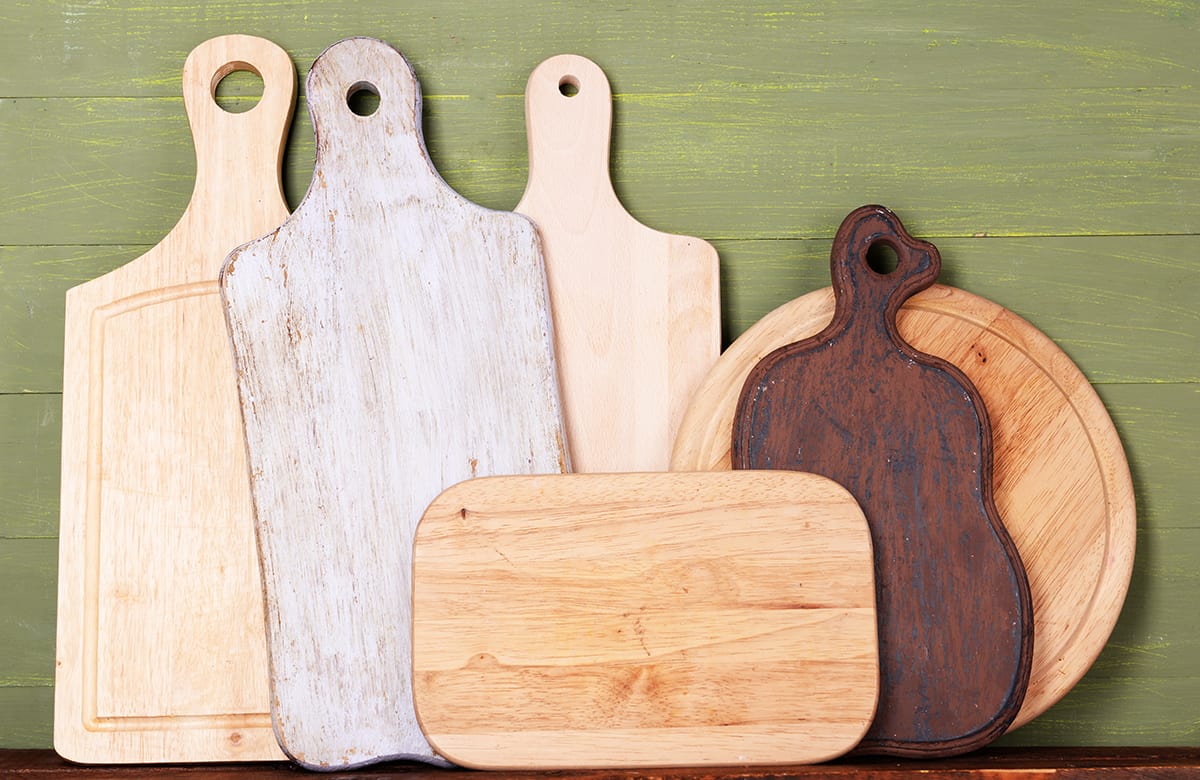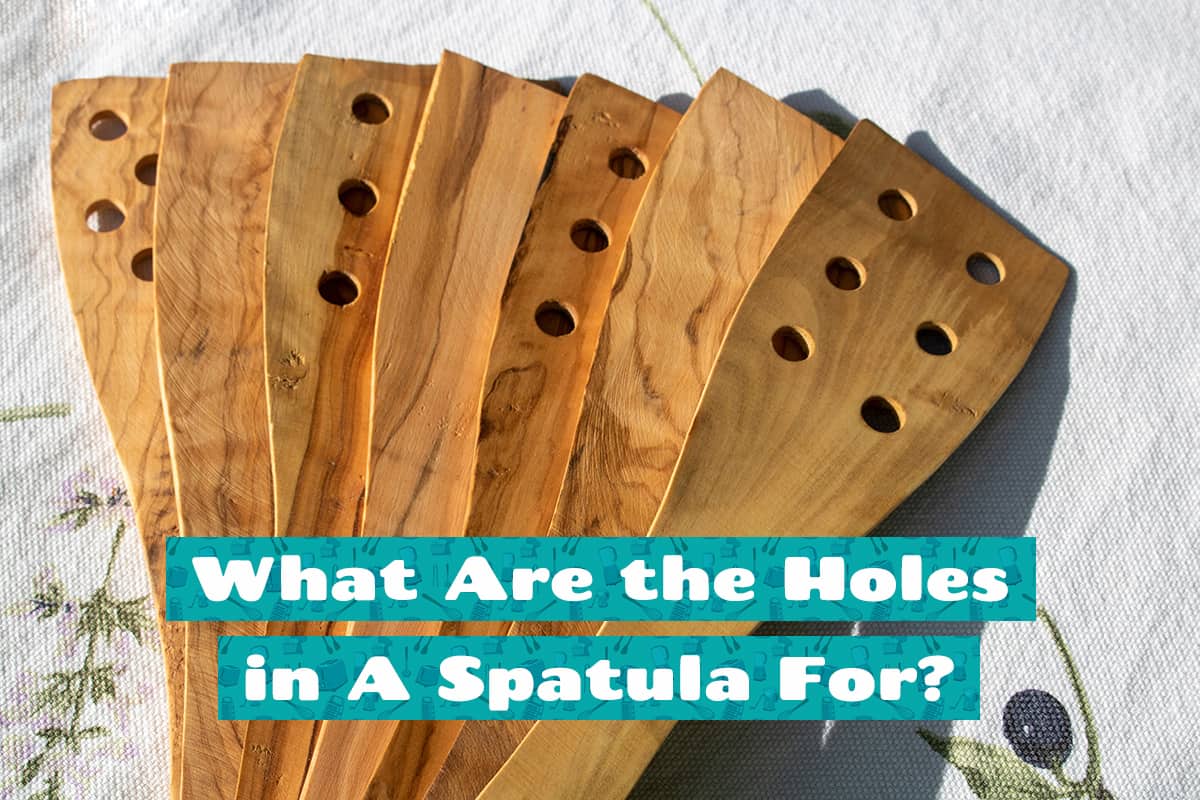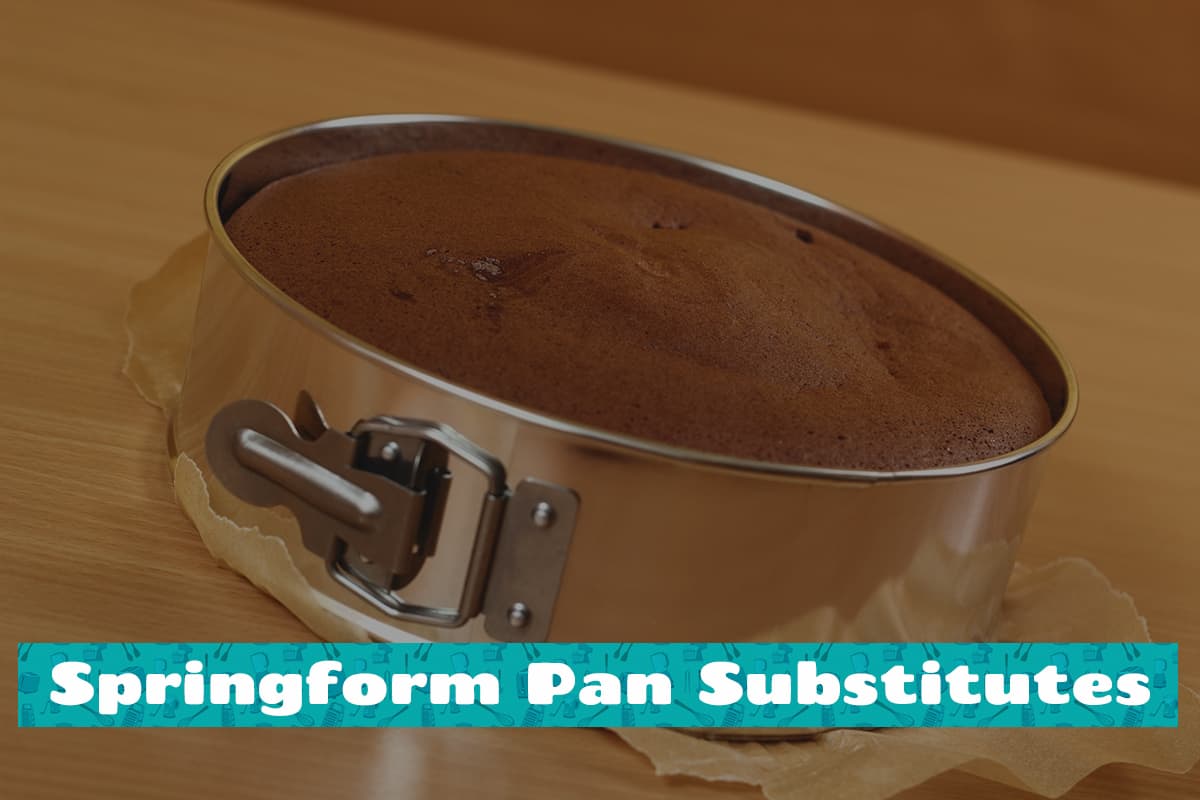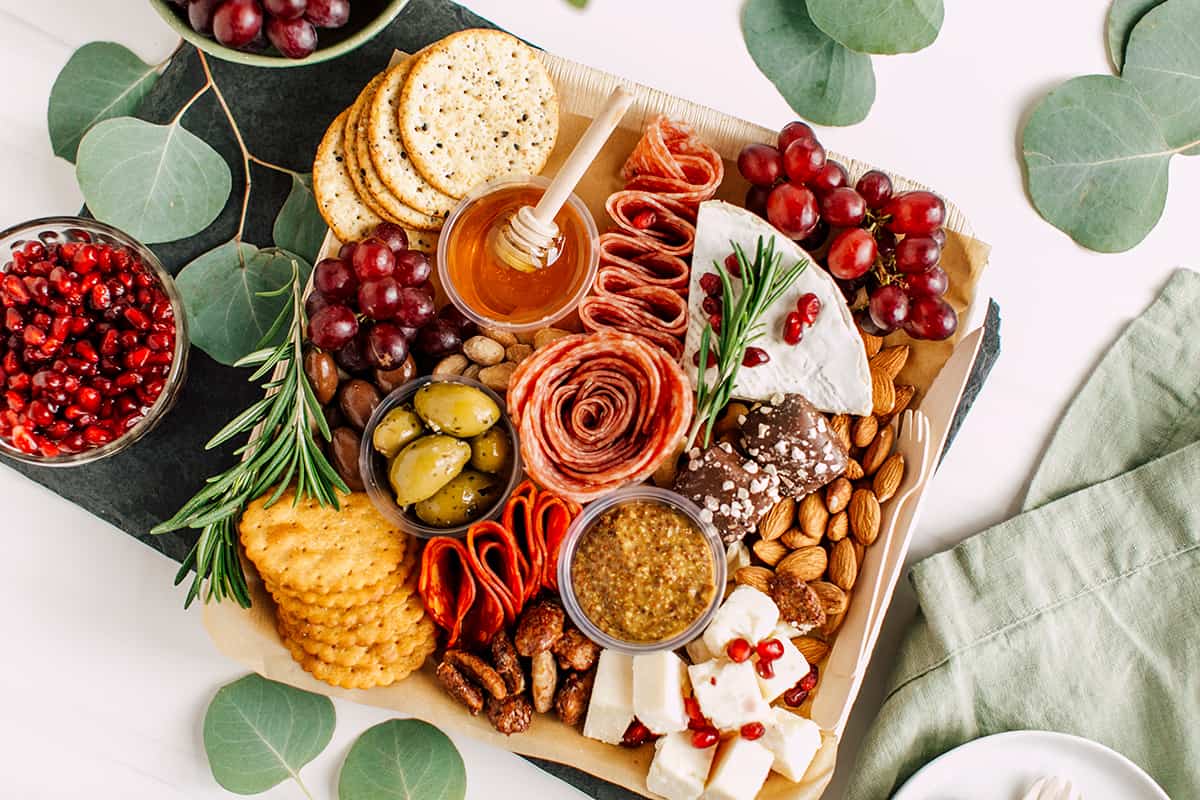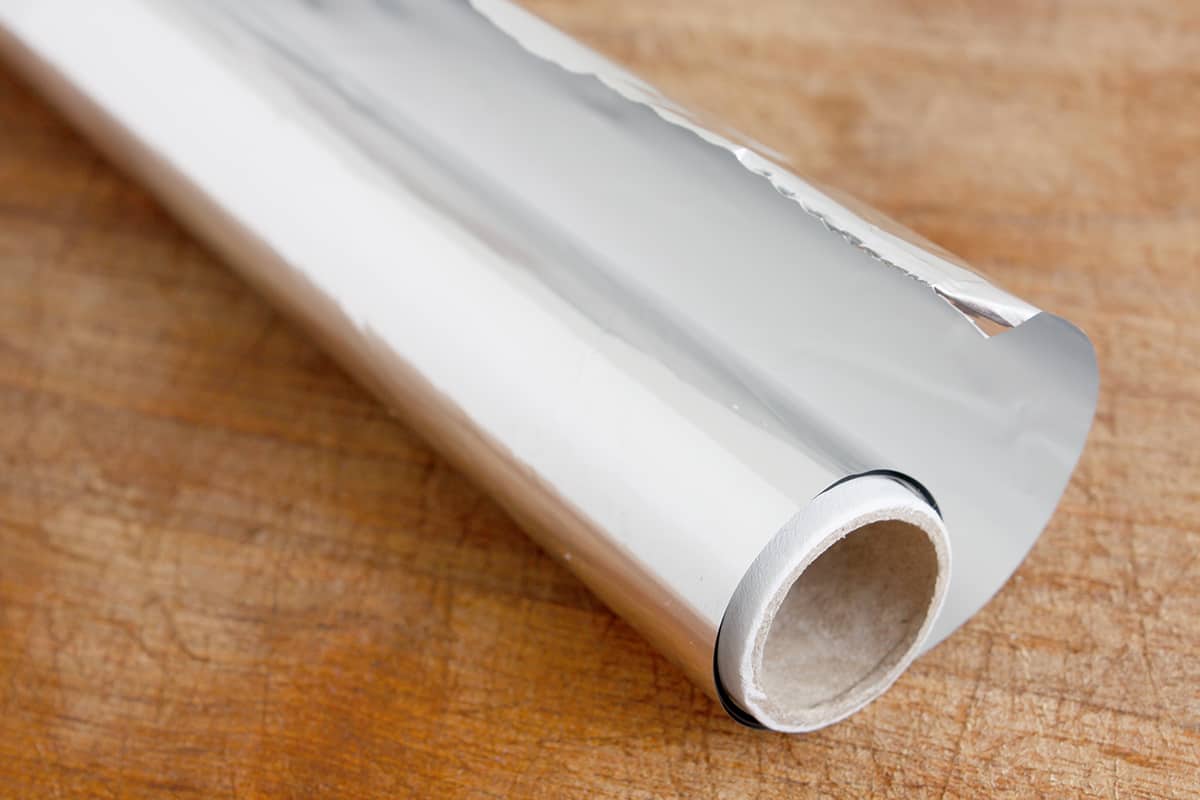A cutting board is one of the most essential items every kitchen needs. Even people who do not enjoy cooking and predominantly survive on microwave meals will still need a cutting board to chop cucumbers to go on bagels or to slice up onions for cheese and onion toasties.
Here we look at sizes of cutting boards together with their shapes and will answer which are the best suited for certain types of meal preparation.
Cutting Board Sizes
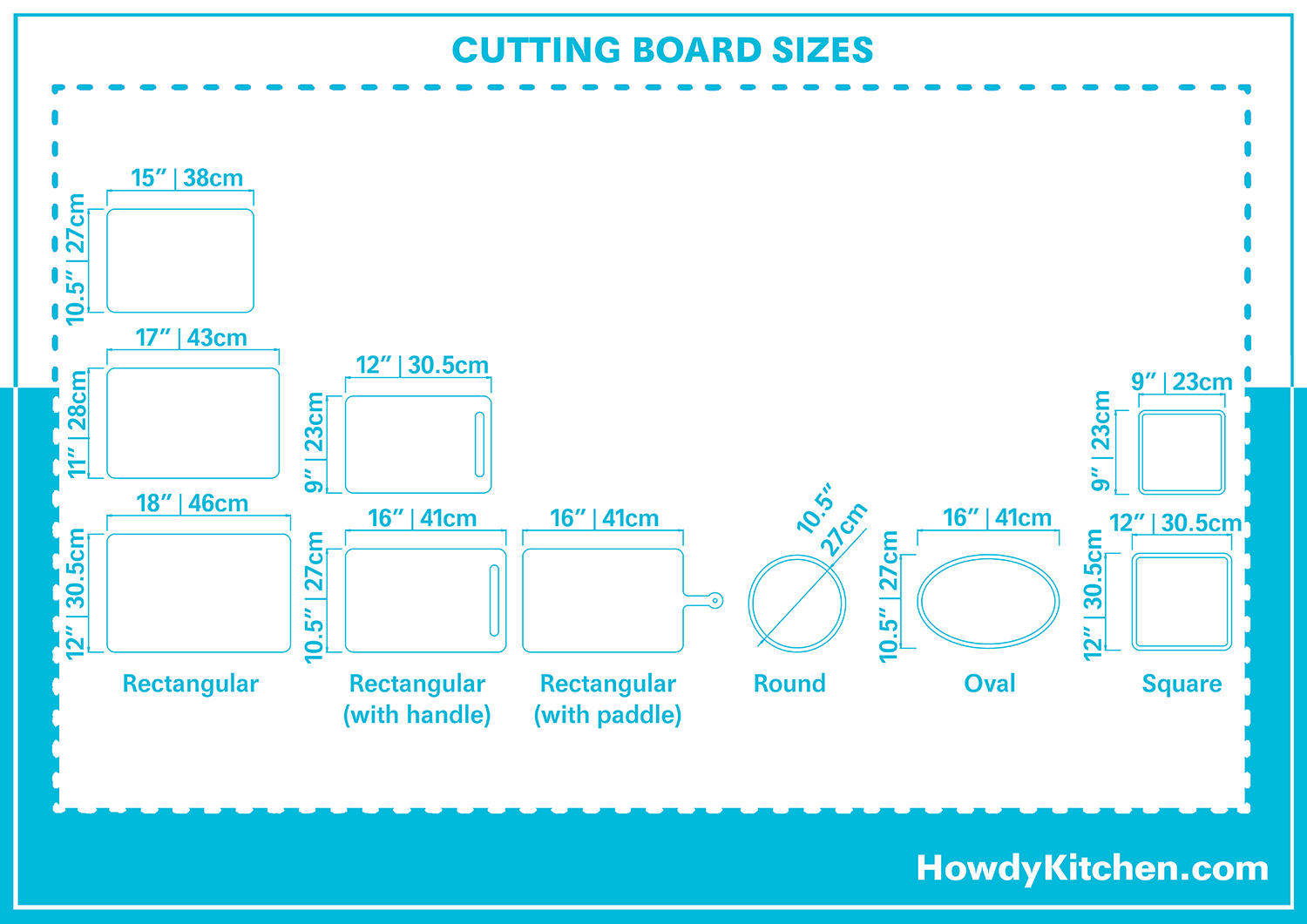
The most common sizes for cutting boards range from 10 inches by 15 inches to 15 inches by 20 inches. Twelve inches by 18 inches is a good size for most home cooks’ needs, as this provides an adequate cutting area without taking up too much space on the countertop.
If you want to store your cutting board in a drawer when it isn’t in use, then you should also factor in the size of your drawers when considering which size of chopping board to buy.
Some people who prepare home-cooked meals frequently choose to have a cutting board that permanently lives on their countertop. If you decide to do this, you may opt for a bigger one of up to 24 by 36 inches in size. This will allow you to prepare lots of different items at once. You can also find much smaller cutting boards which can be useful in some scenarios.
Cutting boards are considered small if they range between 4 by 6 inches and ten by 8 inches. If you often need to cut single servings of snacks, such as an apple for a toddler, then these small-sized cutting boards are handy to be able to grab out of the drawer and wipe clean.
Small chopping boards are also useful for chopping herbs, but they cannot accommodate cuts of meat or handle several items which need to be chopped at once.
Cutting board thickness is also an important size consideration. Plastic cutting boards can be slimline, and it will not affect their functionality. Plastic or rubber cutting boards typically measure no more than half an inch thickness. Wooden cutting boards need to be thicker to make them more durable.
It is recommended that wooden cutting boards should be several inches thick, depending on the type of wood. Well-crafted, high-quality wooden cutting boards can be between one and two inches thick, while lower quality cutting boards should be at least two inches thick, ideally more, to provide a good cutting experience and offer longevity.
Cutting Board Shapes
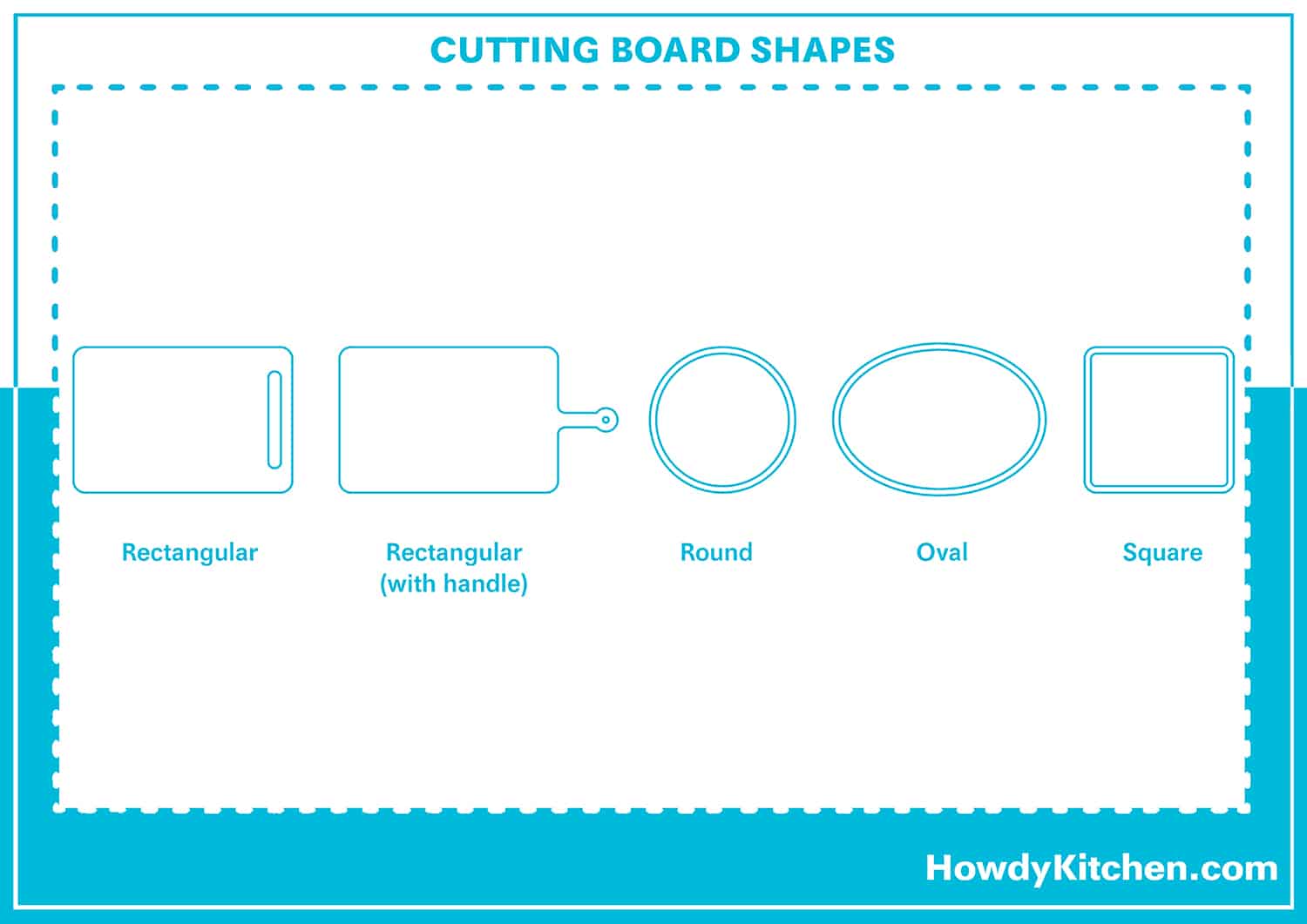
Traditionally most cutting boards are rectangular. This is the most functional shape for most people because rectangular-shaped cutting boards seem to fit nicely on countertops.
Rectangular cutting boards offer the most usable surface space for chopping and are also the easiest to store because kitchen drawers are rectangular shaped. Another popular shape of cutting board is the square, which offers similar advantages to the rectangular cutting board but lacks the same usable surface area.
Circular cutting boards are available, and while these might make an appealing statement on your countertop, they aren’t great from a functional perspective.
Circular cutting boards can be tricky to work with as they don’t maximize surface space, and they create a step up on the countertop where you want to rest your hand that’s holding the food you’re cutting.
Circular cutting boards are also difficult to store because kitchen drawers and cabinets are angular. A novelty market has also arisen for cutting boards in unusual shapes, for example, the shape of an animal, the shape of a fruit or vegetable, or even the shape of a US state.
These can be a fun gift idea and can look cute when displayed, but they aren’t very practical for everyday use.
Cutting Board Material
The material of your chopping board is going to make a big difference to the way you use it and how well it stands up to aging.
The best types of chopping boards as recommended by knife manufacturers are those made from wood or rubber/plastic. This is because they provide soft surfaces which will not cause any damage to a knife’s blade or cause it to become dull.
Rubber or Plastic
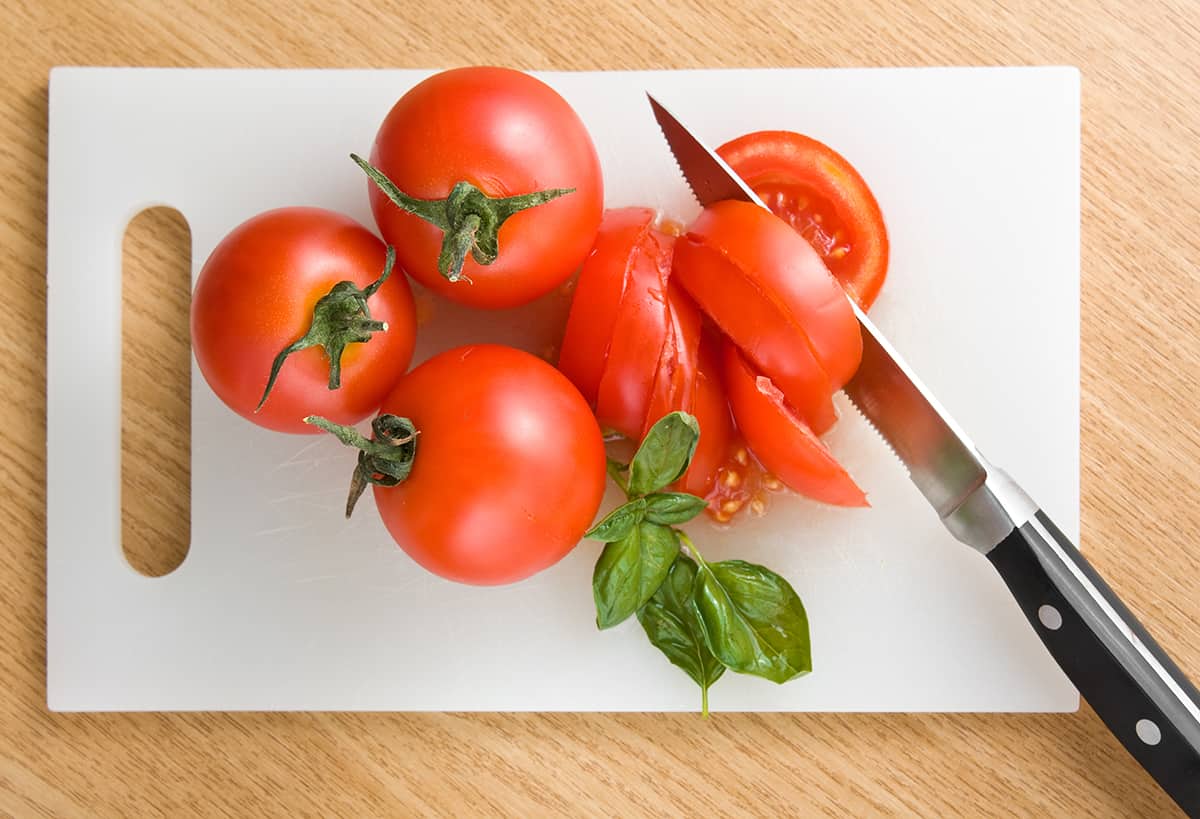
If you have ever worked in a professional kitchen, you will have noticed that they use rubber or plastic cutting boards. This is because they are inexpensive, durable, easy to keep clean, lightweight, and will not damage knives.
The drawback of rubber cutting boards is that they tend to be visually unappealing, which is why many home cooks choose to avoid them. However, if you are not bothered by what your cutting board looks like, then one made from rubber represents the best option in terms of functionality and practicality.
Wooden

For people who want an attractive cutting board, wooden ones rate highly. Again, these are easy on knives, and they have the added benefit of a luxurious yet natural aesthetic. Wooden cutting boards can last for many years if cared for properly, but they are susceptible to warping and cracking due to moisture, so if you don’t take care with a wooden cutting board, then it won’t last long.
Wood can also become stained from certain types of food, and it can absorb odors that will linger in the kitchen. Domestic woods are the best types of wood for cutting boards because they are softer. Exotic woods like bamboo can cause knife damage.
Glass
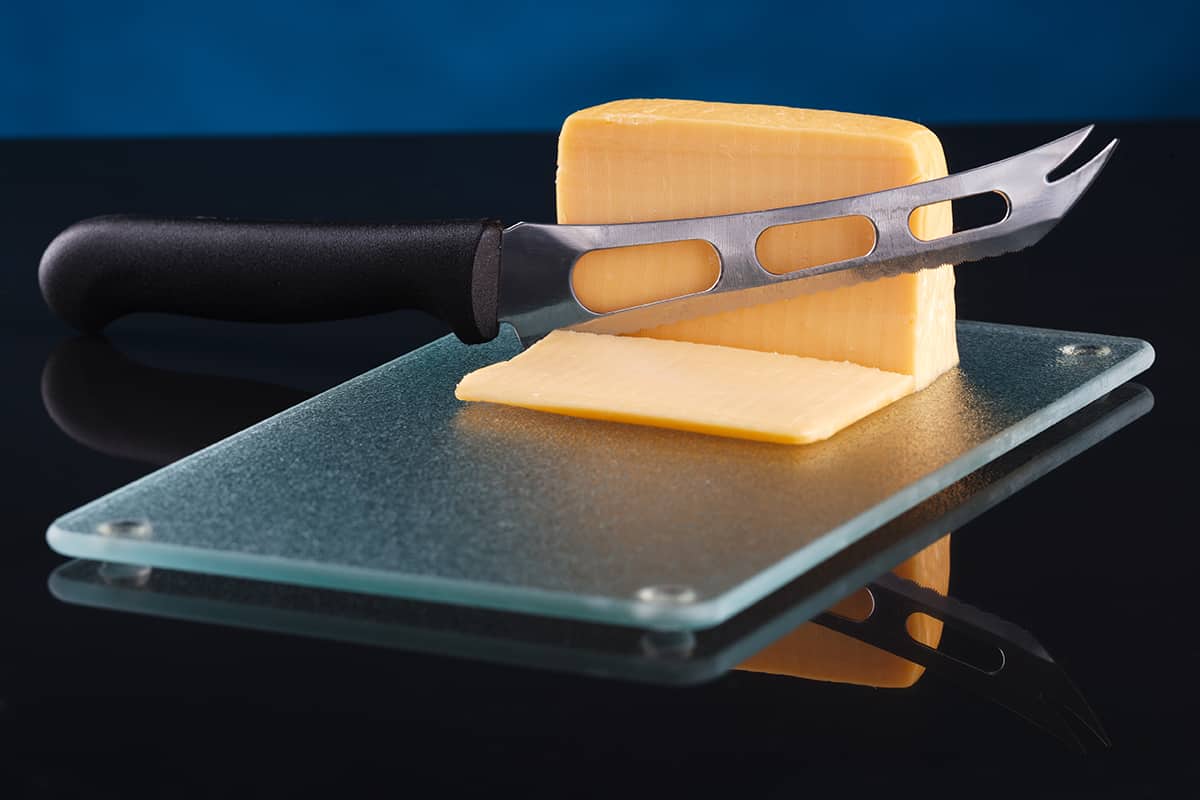
An alternative cutting board material is glass, which is very easy to keep clean, but will dull knife blades very quickly. As such, knife manufacturers advise that glass cutting boards be avoided at all costs.
However, they do offer the advantages of looking attractive and requiring very minimal care and maintenance. They are also non-porous, so unlike wood and some types of plastic, they won’t stain or absorb odors.
